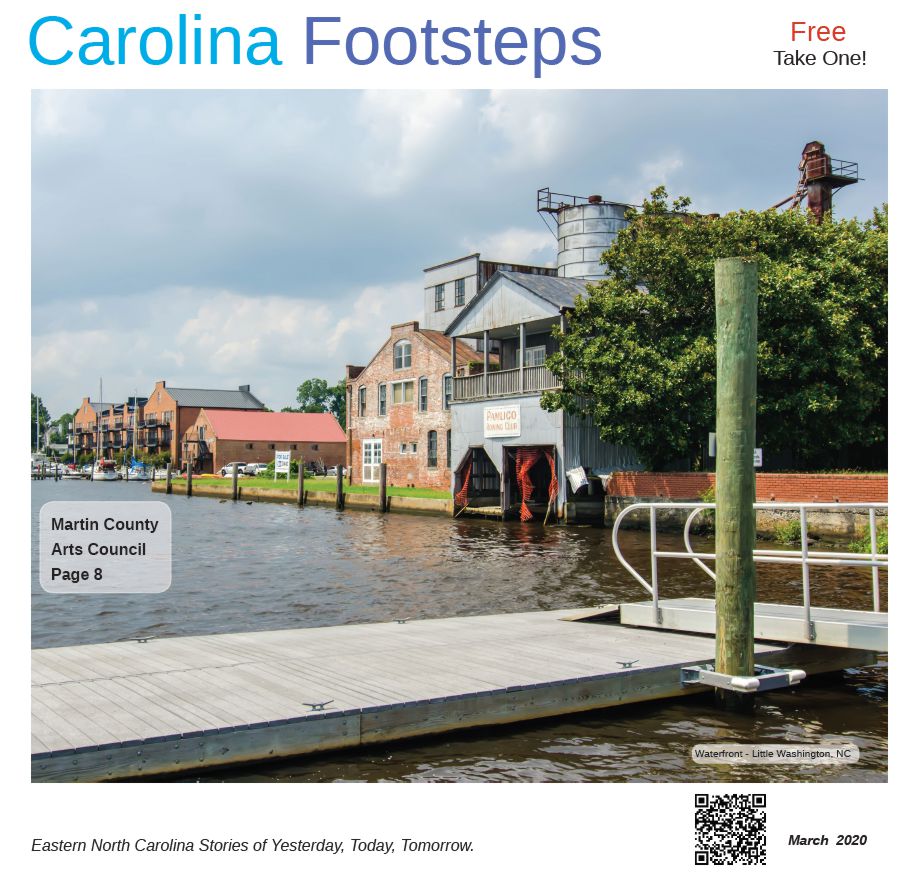WHAT'S IN YOUR DIET?
In the last column, I touched upon food
labeling and promised to provide information on how labeling in the
United States food chain, works. There are two regulatory agencies
responsible for food safety including labeling in the United States.
The FDA and the USDA/ FSIS- Food Labeling Division and there are
major differences in their food labeling requirements
The USDA has prior label approval
requirements for all meat and poultry products marketed in
interstate commerce. In contrast, the FDA does not require prior
label approval for food products under its jurisdiction and
establishes compliance through post-marketing surveillance.
Let's track a cured sausage product
from concept to market. The product is formulated, the formula is
submitted to food labeling for approval. Food Labeling will review
the formula for compliance to standards. Upon approval of the
formula, the features such as the product name, ingredient
statement, net weight, signature line (name and address of
manufacturer or distributor),handling statement, and safe handling
instructions, if not cooked.
The determination of whether a product
falls under the jurisdiction of FSIS or FDA is referred to as
amenability. A lot of nuances here including things like the product
standards of identity and how they're determined, in my next article
.
For months I've been extolling the
virtues of organic produce, and why it should be a major component in
Northeast North Carolina's food choices. I was asked to define
organic and the best description I could find was what's not
permitted. I referenced the United States Code of Federal
Regulations (CFR)), for certified organic regulations and I'll try
to decipher the Washington-speak. And lead you to the cite: Produce
labeled “US Certified Organic” must be produced and handled
without the use of synthetic substances and ingredients, prohibited
non-synthetic substances described in (205.604), non-agricultural
substances used in or on processed products (except as otherwise
provided in 205.606),excluded methods except for vaccines (205.600)
, and sewage sludge (bio-solids).
Our government is saying if its not
labeled U.S. Certified Organic, it might contain the aforementioned
substances and none of them will be identified on the label.
Finally, I'm very impressed with the
leadership of College of The Albemarle President Robert Wynegar.
Their agriculture curriculum is precisely what our region needs. I
strongly support their program. We're on our way to becoming the
'Organic Capital of the World”.
Food can heal or harm. You are what you
eat.
Health & Nutrition Strategies For Cancer Survivors & Everybody Else
 Reviewed by kensunm
on
7:00:00 PM
Rating:
Reviewed by kensunm
on
7:00:00 PM
Rating:
 Reviewed by kensunm
on
7:00:00 PM
Rating:
Reviewed by kensunm
on
7:00:00 PM
Rating:







No comments: